Ho Chi Minh City aims to have an average life expectancy of 77 years by 2030, with a minimum healthy life expectancy of 68 years.
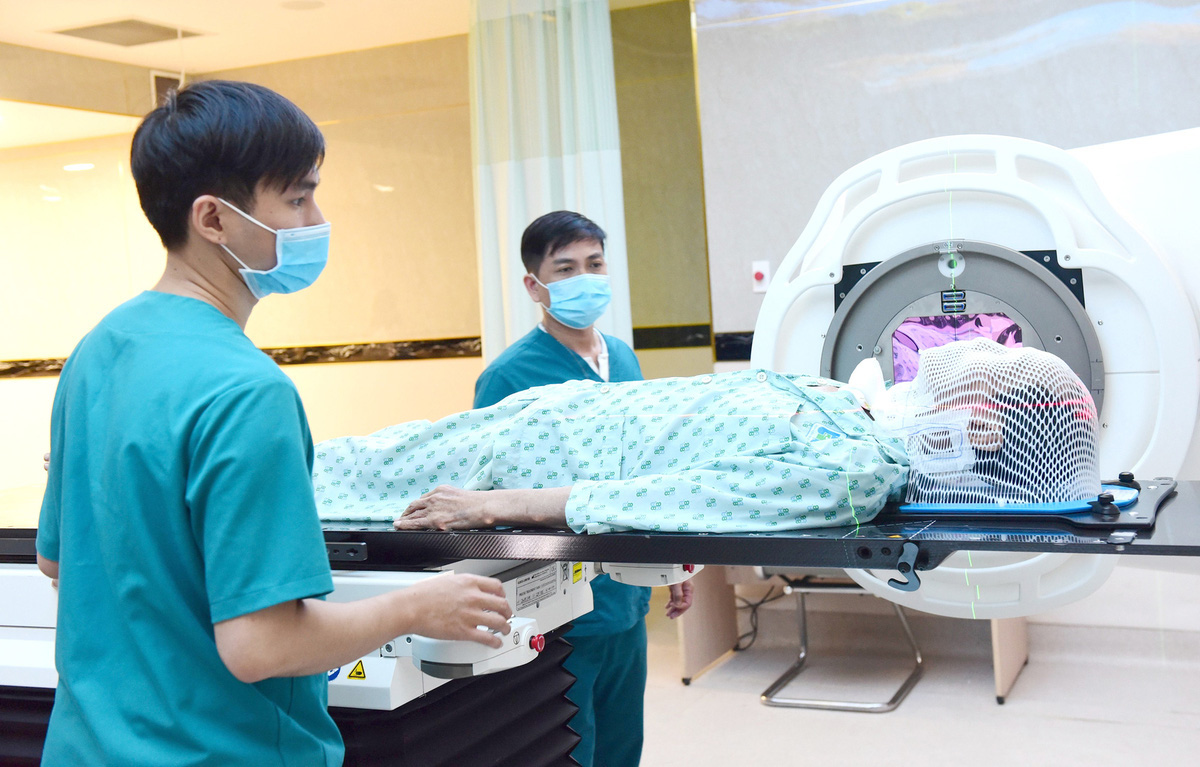
Ho Chi Minh City People's Committee approved the project to develop the Ho Chi Minh City healthcare system to become the ASEAN regional healthcare center - Photo: DUYEN PHAN
The Ho Chi Minh City People's Committee has just approved the project "Developing the Ho Chi Minh City healthcare system to become an ASEAN regional healthcare center from now until 2030 and the following years".
According to the Ho Chi Minh City People's Committee, the project will bring great socio-economic benefits, contributing to improving the health, stature, longevity and quality of life of the people. At the same time, it will contribute to the development of medical tourism, support capacity building for the health sector in the southern region, and reduce the burden on end-line hospitals in Ho Chi Minh City.
Ho Chi Minh City aims to have an average life expectancy of 77 years by 2030, with a minimum healthy life expectancy of 68 years. In 2023, the average life expectancy of Ho Chi Minh City residents will be 76.5 years, while the national average will be 73.7 years.
By 2030, Ho Chi Minh City will have 23 doctors/10,000 people and 40 nurses/10,000 people. The hospital bed ratio will reach 42 beds/10,000 people, and the birth rate will reach 1.6. Each person will have a health check-up and disease screening once a year and will have an electronic health record.
Accordingly, Ho Chi Minh City will build an advanced, modern healthcare system, applying high technology and techniques. Developing specialized healthcare in 3 clusters including specialized healthcare cluster in the city center, specialized healthcare cluster in Tan Kien commune (Binh Chanh district), and specialized healthcare cluster in Thu Duc city which can be formed after 2030.
Ho Chi Minh City develops more general and specialized hospitals to serve people in corresponding residential areas.
Encourage the private health system, develop a comprehensive preventive health system, strengthen and develop primary health care, and improve the capacity of the out-of-hospital emergency network. Establish a regional disease control center associated with the Pasteur Institute of Ho Chi Minh City.
By 2030, Ho Chi Minh City will build a new Orthopedic Hospital, Mental Hospital, and Tropical Diseases Hospital. Build a second facility for overloaded hospitals.
Build new hospitals in specialties that Ho Chi Minh City does not have. Build a high-tech disease screening and diagnosis center. Build 115 Emergency Centers 2 and 3 corresponding to specialized medical clusters.
The city also invests in developing information technology infrastructure, promoting digital transformation, applying and developing digital technology and smart technology in the healthcare sector towards building smart healthcare.
In addition, Ho Chi Minh City will focus on developing a high-quality medical human resource training system. Forming and developing the Ho Chi Minh City Medical and Pharmaceutical Industrial Park.
Develop modern, specialized techniques to meet people's disease patterns and health care needs. Build a network of specialized care from end-level hospitals to grassroots health care on a regional scale. Develop additional types of health care services to meet people's diverse needs.
Developing medical tourism is closely linked to the development of specialized medicine and traditional medicine. Building an ecosystem of innovation, research and development in the medical field...
The hospital bed ratio in Ho Chi Minh City is much lower than in developed countries.
Currently, Ho Chi Minh City has 131 hospitals, 5 non-hospital centers, 310 commune and ward health stations, more than 8,000 private clinics and more than 10,000 pharmaceutical businesses. The city's emergency network includes the 115 Emergency Center and 42 satellite emergency stations...
In recent times, the health sector has focused on improving the capacity of the health system, but currently the hospital bed ratio is only 42 beds/10,000 people, still low compared to some advanced countries such as Japan with 131 beds/10,000 people, Germany with 82 beds/10,000 people, and South Korea with 71 beds/10,000 people.
Although the primary health care system has been invested in, it has not really attracted people to come for medical examination and treatment. In addition, some hospitals have been degraded and overloaded such as the Orthopedic Hospital, the Mental Hospital, the Tropical Diseases Hospital...
Source: https://tuoitre.vn/muc-tieu-den-2030-tuoi-tho-trung-binh-cua-nguoi-dan-tp-hcm-la-77-tuoi-20241105172112678.htm


![[Photo] Award ceremony for works on studying and following President Ho Chi Minh](https://vphoto.vietnam.vn/thumb/1200x675/vietnam/resource/IMAGE/2025/5/20/a08ce9374fa544c292cca22d4424e6c0)


![[Photo] Vietnamese shipbuilding with the aspiration to reach out to the ocean](https://vphoto.vietnam.vn/thumb/1200x675/vietnam/resource/IMAGE/2025/5/20/24ecf0ba837b4c2a8b73853b45e40aa7)


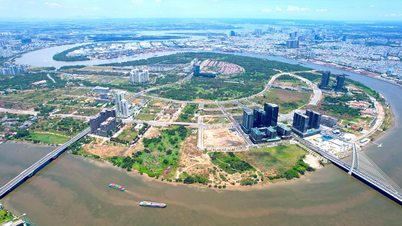
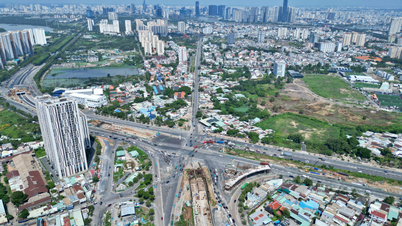




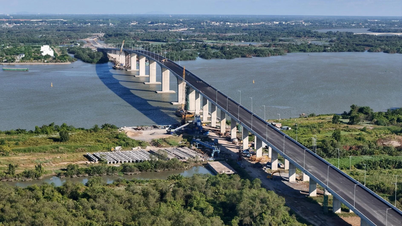

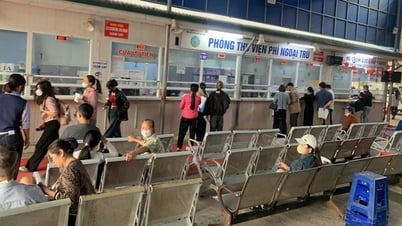




























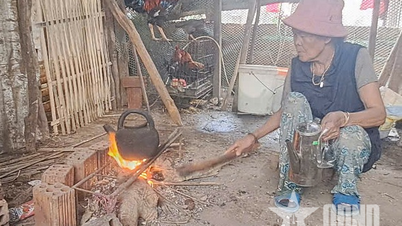






















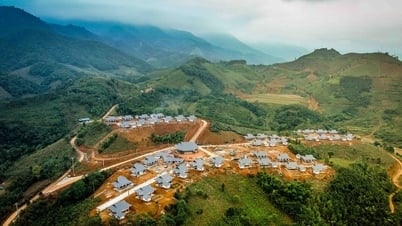










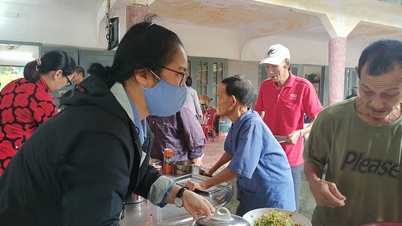
















![[VIDEO] - Enhancing the value of Quang Nam OCOP products through trade connections](https://vphoto.vietnam.vn/thumb/402x226/vietnam/resource/IMAGE/2025/5/17/5be5b5fff1f14914986fad159097a677)
Comment (0)